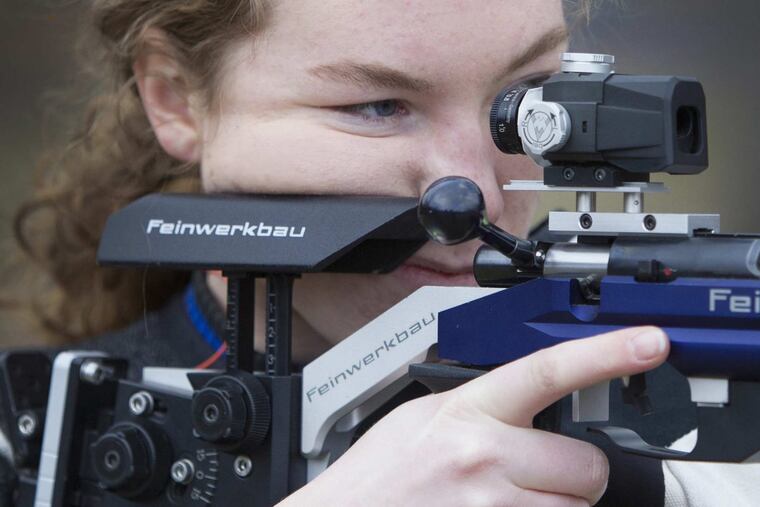High school rifle teams take aim at scholarships, Olympics
Pennsylvania schools have an estimated 54 shooting teams for boys and 44 for girls, and many of them receive funding from the National Rifle Association. Most teams hail from the great stretch of forest, farmland, and blue-collar towns between Pittsburgh and Philadelphia, where gun ownership is bipartisan and hunting is ingrained.
